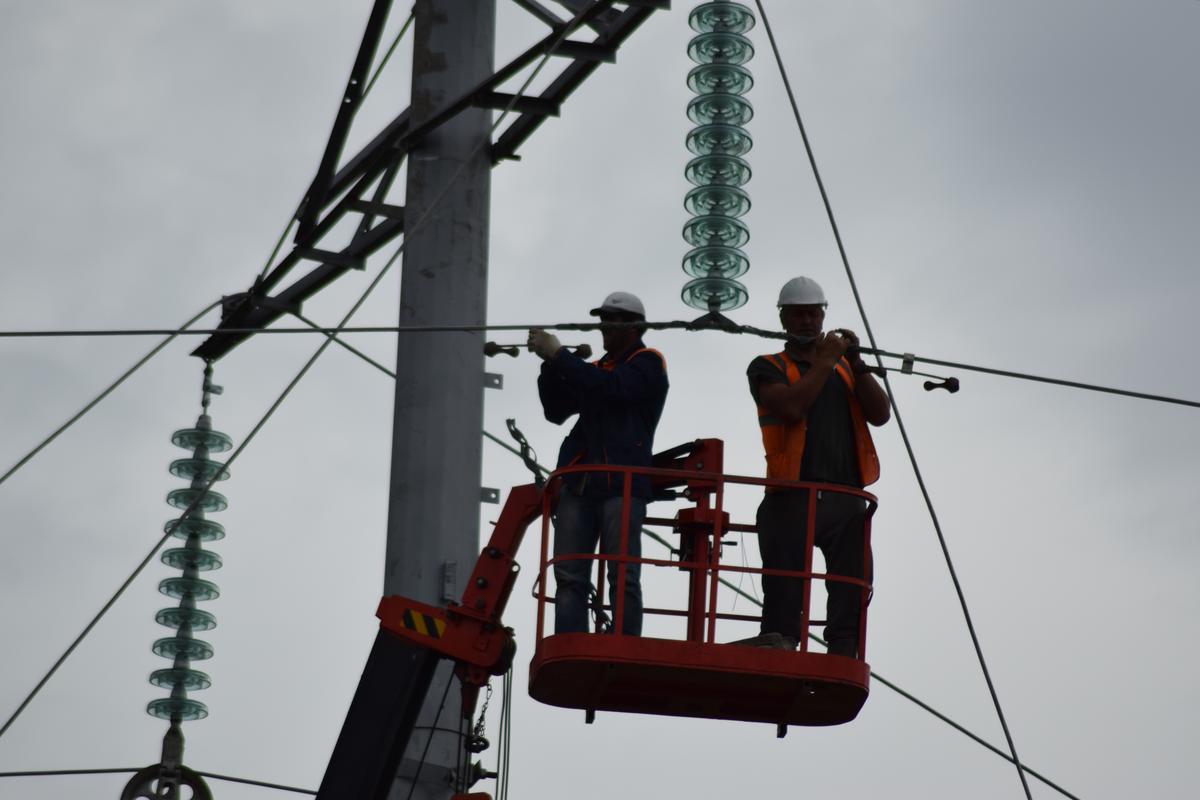A few months back, the BBER posted a blog about an exciting project that is in the works for Duluth—a geothermal district heating system in the Lincoln Park neighborhood. As part of the project, our team is conducting a labor market analysis of geothermal occupations in the Duluth area. With our work now underway, we wanted to share some of our initial findings on what makes a “green” job, the presence of green jobs in our region, and how the green economy will impact jobs in the future.
When you think about the term “green jobs,” occupations related to solar and wind power generation probably come to mind right away. But the green job market is actually much broader than that. To provide a framework for categorizing all of the jobs that might be impacted by the growing green economy, the O*NET program—the nation’s primary source of occupational information—has identified more than 200 occupations that are considered part of a green economy and categorized them into three broad areas: green new and emerging, green enhanced skills, and green increased demand.
Green new and emerging occupations are those that have been created because of the green economy. A good example would be wind turbine service technicians as this occupation simply did not exist before wind turbines were utilized for energy generation.
The green enhanced skills category describes occupations that already exist but will require a significant change in the skillset needed to do the job now or in the future. One example might include snowplow drivers. For the occupation many years ago, not much consideration was taken into what type of salt or gravel mix was used on the roads, and the only objective was to keep the roads clear. Today, due to changing weather conditions and a greater emphasis on environmental protection, the occupation requires a significant amount of skilled work to determine what kind of salt and gravel mix should be used, where it needs to be applied, and in what amount.
Finally, green increased demand are those jobs that already exist and do not require significant skillset changes but are expected to see an increase in demand due to changing weather patterns and/or the impact of green economy activities and technologies. For example, electrical power-line installers and repairers may see significantly increased demand for their services due to increased demand on the electrical grid as well as more powerful and frequent storms that may knock out lines.
Using these three classifications, our team found that green occupations represent a much larger share of the labor force than one might think. The data shows that, in 2022, 66% of all jobs within the Duluth MSA (St. Louis, Carlton, and Lake Counties in Minnesota and Doulas County, Wisconsin) were classified as being in a green occupation, compared to 70% of total occupations for both the state of Minnesota and the United States as a whole.
Of the occupations identified by O*Net, the two with the greatest number of employees in the Duluth MSA were found to be general and operations managers and heavy and tractor-trailer truck drivers. For us, these were not the occupations first thought of when considering green jobs. However, these occupations—both part of the green enhanced skills category—are beginning to see significant shifts in their skill requirements due to a greater emphasis on environmental protection and climate resilience. For example, transportation-related occupations now require an increased knowledge of fuel efficiency, environmental impacts of various modes of transportation, and so forth.
Specific to the Lincoln Park geothermal project, the BBER has identified several occupations—all of them green—that will be required for completion of the project. According to the Bureau of Labor Statistics, general occupations needed for a geothermal plant include environmental scientists, geoscientists, hydrologists, engineers (civil, electrical, environmental, and mechanical), and numerous construction professionals, such as carpenters, electricians, and plumbers.
Overall, the green sector is quite large and varies greatly. In 2022, more than two-thirds of workers in the Duluth MSA were employed in occupations within the green economy. Over time, that number is likely to increase. The Lincoln Park geothermal project should prove to increase the jobs related to the green sector in the Duluth area, all the while providing an exciting opportunity for new green energy.
Stay tuned for more updates of the BBER’s work on this exciting project!
